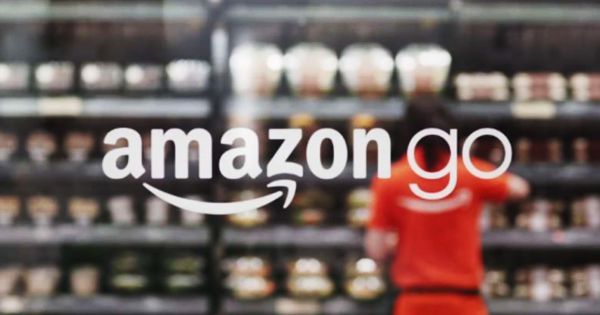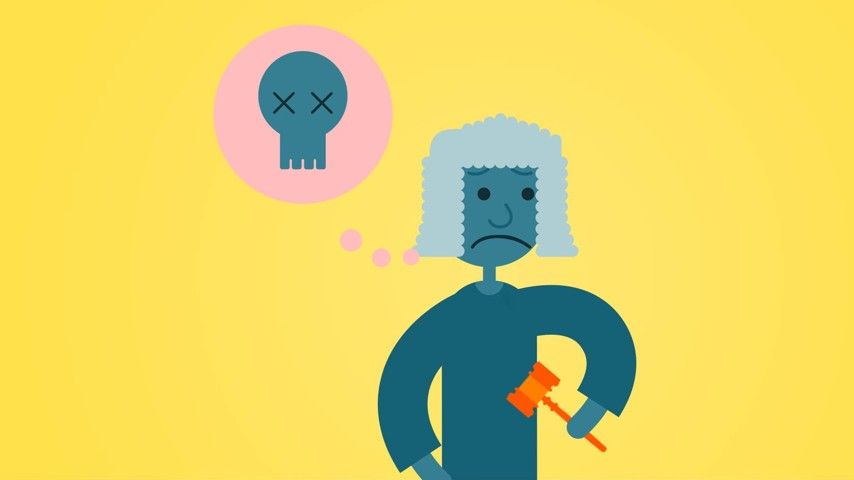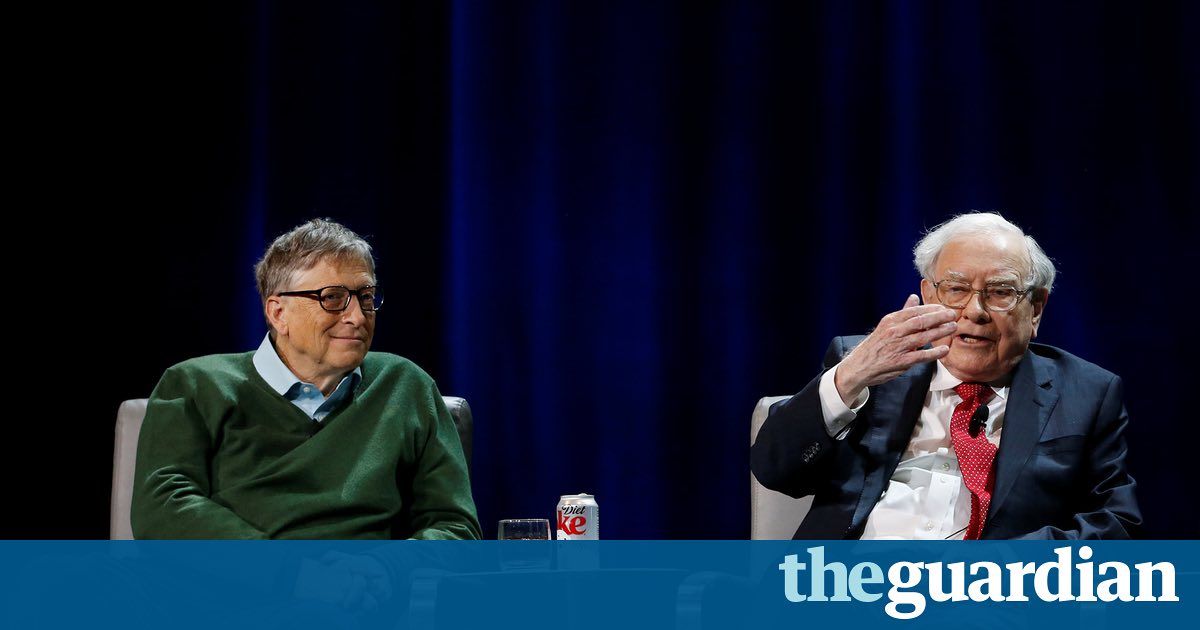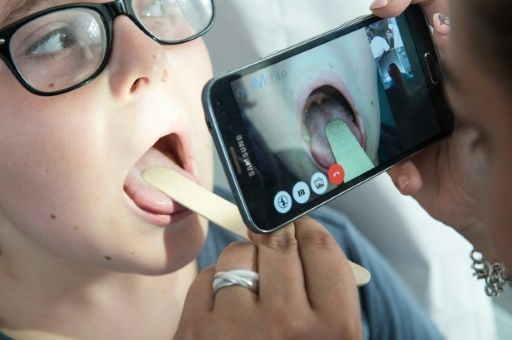Organic matter was discovered on a distant dwarf planet.
Get the latest international news and world events from around the world.

“I Don’t Think We Can Stop It:” The Future of Automation and Job Loss
Technology can be a catalyst for the creation or destruction of jobs, but historically, it has always ultimately created more opportunities for employment, not less. That’s not stopping many from speaking out against Amazon Go for its potential to increase unemployment, though.
According to Ford, however, the implementation of automation technology is inevitable because it has obvious advantages for both consumers and retailers. “I don’t think we can stop it,” he says. “It’s a part of capitalism, that there’s going to be this continuous drive for more efficiency.”
While many have been focusing on manufacturing and transportation as the industries that will be hardest hit by automation, Amazon Go is an example of how tech that exists right now could replace retail salespersons and cashiers, jobs that had the highest employment numbers in the U.S. in May 2015 according to the Bureau of Labor statistics.
Tiny 3D-printed lenses will help robots see like eagles
In many ways, the human eye is nothing like a digital camera. Our eyes don’t have a fixed frame rate or resolution; there’s no consistent color reproduction, and we have literal, sizable blind spots. But, these optic inconsistencies — found in every biological eye — are the product of natural selection, and offer a number of benefits which scientists working in digital vision can take advantage of.
Case in point is a new type of 3D-printed lens created by researchers from the University of Stuttgart in Germany. Each lens is made from plastic and is no bigger than a grain of salt. But, their size is only one aspect of their cleverness. The real innovation here is that the lenses mimic the action of the “fovea,” a key physiological feature of the eyes of humans and eagles, that allows for for speedier image processing.


Senescent cells are the ultimate bad neighbors, help CellAge to find ways to remove them
Check out their campaign on Lifespan.io only 5 days left!
https://www.lifespan.io/campaigns/cellage-targeting-senescen…c-biology/


How Bill and Melinda Gates helped save 122m lives – and what they want to solve next
But between the jokes is the data. Bill and Melinda Gates sum up what has been achieved with their combined billions over the past decade in a series of big numbers, and end with the hope of reaching the magic zero – no more disease.
In letter to philanthropic partner Warren Buffett, the Gates define achievements from vaccines to lives saved – while still pushing for gains in infant mortality.

Open Bionics Photo
Team OB just won the Robotics for Good Award in Dubai. Over 1,600 technologies for good applied and after competing against the top 10 best assistive technologies the judges chose our bionic hands! Now we have the funding to push our hands through the final stages of medical testing and finally get them to everyone who needs one. ![]()
![]()

Smartphones are revolutionizing medicine
Smartphones are revolutionizing the diagnosis and treatment of illnesses, thanks to add-ons and apps that make their ubiquitous small screens into medical devices, researchers say.
“If you look at the camera, the flash, the microphone… they all are getting better and better,” said Shwetak Patel, engineering professor at the University of Washington.
“In fact the capabilities on those phones are as great as some of the specialized devices,” he told the American Association for the Advancement of Science (AAAS) annual meeting this week.